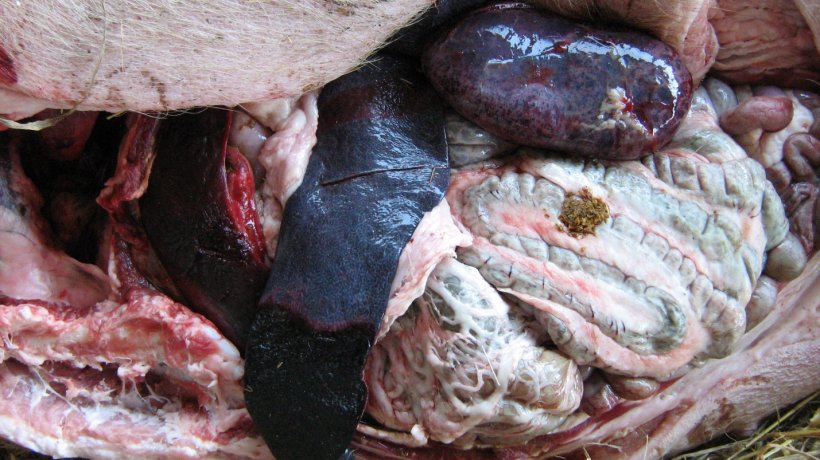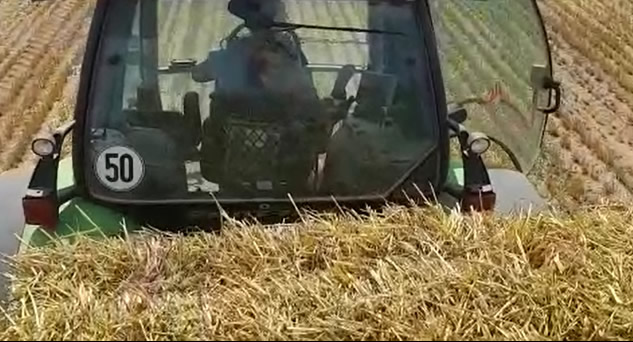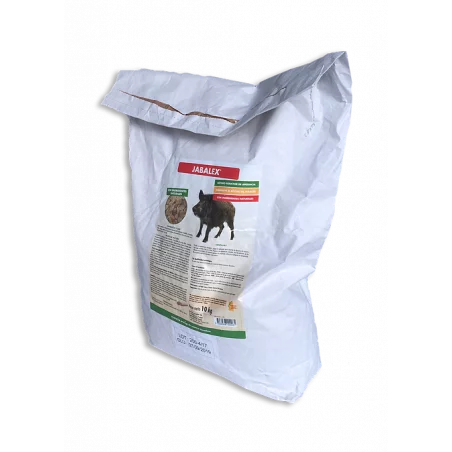Clinical outbreaks of African Swine Fever (ASF) do not always follow the textbook description, which says that the main “clinical presentation” of ASF in pigs is sudden death. In reality, the virus is less infectious than many others that we deal with in our farms on a regular basis and, as a result, the time that the disease takes to spread within a farm may vary between days and weeks. At the herd level, this variation is sometimes confusing and can delay an accurate diagnosis in the field. The main clinical signs associated to the different ASF forms are summarized in Table 1. As you can see, the clinical signs for each form are highly variable. Factors that determine the presentation of the disease can include virus virulence, route of exposure, infectious dose, the presence of other pathogens, or endemicity status of the area. But, how is the course of this disease being described in the field more recently? How are the outbreaks presenting? What are the most common clinical signs? We asked these and many other questions to our swine professionals who have firsthand experience in Russia, the Baltics, Poland, and China in order to learn from their experiences in the field.
Table 1. Main clinical signs and post-mortem findings observed in the different forms of ASF (Sanchez-Vizcaino et al., 2015)

| Peracute | Acute | Subacute | Chronic | |
|---|---|---|---|---|
| Fever | High | High | Moderate | Irregular or absent |
| Thrombocytopenia | Absent | Absent or slight (late) | Transient | Absent |
| Skyn | Erythema | Erythema | Erythema | Necrotic areas |
| Lymph nodes | - | Gastrohepatic and renal with marbled aspect | Most lymph nodes resemble a blood clot | Swollen |
| Spleen | - | Hyperaemic splenomegaly | Partial hyperaemic splenomegaly or focal infarction | Enlarged with normal color |
| Kydney | - | Petechial haemorrhages mainly in cortex | Petechial haemorrhages in cortex, medulla and pelvis; peri-renal oedema | - |
| Lung | - | Severe alveolar oedema | - | Pleuritis and pneumonia |
| Gall bladder | - | Petechial haemorrhages | Wall oedema | - |
| Heart | - | Haemorrhages in epicardium and endocardium | Haemorrhages in epicardium and endocardium; hydropericardium | Fibrinous pericarditis |
| Tonsils | - | - | - | Necrotic foci |
| Reproductive alteration | - | - | Abortion | Abortion |
Three of our 4 swine specialists have observed ASF outbreaks in the field while our 4th specialist is an ASF diagnostician. Dr. Kolbasov, the current director of the Russian reference center for ASF research and diagnostics, receives positive samples from all new cases from newly affected regions within Russia. At the laboratory level, his role is to sequence all new strains and to perform bioassays. He confirmed that all samples which he received have resulted in the classic clinical signs of a peracute/acute form. In his opinion, the ASF outbreaks in commercial pig production within Russia have been identified by practicing veterinarians who recognize the different forms. However, he is very concerned with backyard farms, since the small population size makes it very difficult to identify the initial herd outbreak. As a result, the index case of a new region can be easily missed. If 2 pigs are present in a backyard farm, and one dies suddenly, it is unlikely that diagnostic samples will be taken and the outbreak will be missed. He worries about this scenario because a late report of the index case would put the whole area at a tremendous risk.
Dr. Karbowiak diagnosed his first ASF outbreak in a 700 head finishing operation during late winter of 2018 in Poland. The farmer called him because 1 of the 2 pens containing three hundred fifty 80 kg growers in deep straw bedding were apathetic and showed some signs of high fever. Two pigs were found dead from the previous night and 2 more died that morning. The farmer mentioned that 10 days prior the outbreak he entered into that pen with a vehicle to change the bedding. Dr. Karbowiak' s differential diagnosis included acute erysipelas, acute Actinobacillus pleuropneumonia, or an acute swine influenza A virus outbreak. However, after performing the necropsies and observing the enlarged spleens and petechial hemorrhages on the kidneys of the affected animals, he decided to call the official veterinarians to rule out a potential ASF outbreak (Picture 1).

Mr. Corns has observed ASF outbreaks in China and Russia. Referring to Dr. Gustavo Lopez’ presentation at last year A.D. Leman Swine Conference and his Russian experiences with ASF, the symptoms started in a multiplication finisher site and then moved into a gilt developer unit (GDU). The animals had mild bloody diarrhea, increased temperatures and a loss of appetite. They failed to respond to antibiotic therapy and from days 10 to 14 after the start of the outbreak newly affected pigs started to show hemorrhagic lesions on the tips of the ears (i.e. blue ears). The post mortem findings included enlarged spleens and hemorrhagic lymph nodes. These findings, together with the lack of response to antibiotic treatment, are what ultimately triggered the ASF investigation and diagnosis.
Dr. Cepulis, is an experienced swine veterinary consultant that is based in Lithuania and practices across the Baltic region. He closely followed Lithuania’s biggest outbreak during the summer of 2017. The 3000 sow farrow to finish farm reported an increase in growing pig sudden death mortality. When the sudden deaths started to show up in sows they decided to submit samples for ASF and diagnosis was confirmed. He shared a humorous anecdote was that in his experience, the pathogens that are able to kill sows tend to have 3 letters: APP, CSF, and lately the ASF!!! But his serious observation in the Baltic countries is that the outbreak scenarios tend to show few specific clinical signs other than sudden deaths and fever.
But how quickly does the disease tend to spread within a farm? Our swine professionals have observed the disease move through a commercial farm at different speeds. Mr. Corns agreed with Dr. Lopez’ classification of the Russian outbreak as subacute. In that case, the disease moved relatively slowly in the farm. It caused 3% mortality by day 3 and by day 10 the mortality was over 7%. In China, he has had a different experience where the outbreaks seemed to be more acute in nature and mortality rises more rapidly. Dr. Cepulis, classified the outbreak as subacute as well. Based on his experience, the infection is slow spreading, mortality increase is not dramatic, so it is not easy to recognize the clinical signs of ASF on a big farm, especially if post mortem examination is not performed. He recommends sending samples as soon as hemorrhagic symptoms are found. Dr. Karbowiak classified his outbreak experience as acute. Dr. Karbowiak remembers well the number of hours he was at the farm and how mortality was increasing by the hour. When he got there, there were 2 pigs dead from the previous night. One hour after he called the official veterinarians they came, and during the 5 hours that he remained in the farm with them, a total of 5 additional animals died averaging a rate of 1 pigs per hour. He won’t easily forget that number (Video 1). The official veterinarians communicated to him there suspicions that the straw was the most likely fomite for transmission (Picture 2). They felt that the high number of PCR positive samples were indicative that the group was exposed simultaneously which would be consistent with exposure to contaminated straw. Some animals had already low ELISA titers.
Video 1: Clinical signs observed in an ASF outbreak in Poland. Courtesy of Dr. Pawel Karbowiak

Dr. Cepulis, mentioned the different epidemiological scenario happening in the wild boar population and that the feral cycle of the disease and how the disease is presenting in feral swine seems to be changing. Recent research in live feral swine has demonstrated the presence of antibody levels against ASF virus in feral swine in the forest. He is concerned, because the disease seems to be changing to a more subacute or chronic form in this population. After surviving the disease, these animals will be acting as carriers and shedders. This fact is the most important for the control and the potential eradication strategies that could be implemented in the European countries with high populations of wild boars.
In the next article we will describe how our interviewed professionals have described the official veterinary response as well as the most important biosecurity aspects they implement at the farms of their clients.








